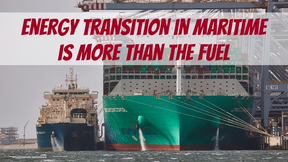Maritime Security
Maritime Security is a term which applies to a large variety of technology, devices, and operations both on deck and on shore. It can mean the simple measures used by boat owners and operators to protect individuals, vessels, and cargo from theft, sabotage, or piracy. It can also refer to the large-scale initiatives of modern naval forces to prevent and arrest dangerous and illegal activities; such as hijacking, piracy, and human trafficking.
In the United States, these actions are largely undertaken by the USCG, which is appointed to protect all ports, vessels, and facilities. These duties were outlined and expanded by the Maritime Transportation Security Act of 2002 in an effort to combat terrorism. On international waters, maritime security regulations are addressed by the International Ship and Port Facility Security Code, which was adopted in 2002 by the International Maritime Organization (IMO).
Both of these agreements are concerned with vessel security. They state that vessel owners/operators must appoint security officers, formulate and implement security plans and measures according to the specifics of the vessel, and follow the dictates of global security levels. The same regulations are in place for owners and operators of marine facilities, whether they are located offshore or on the waterfront.















